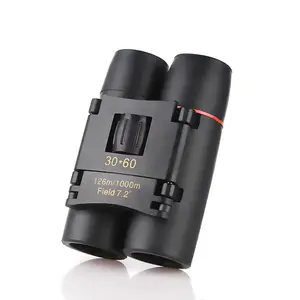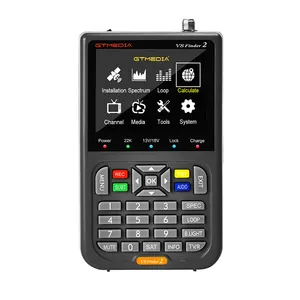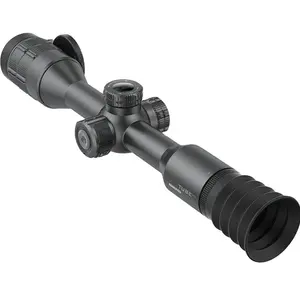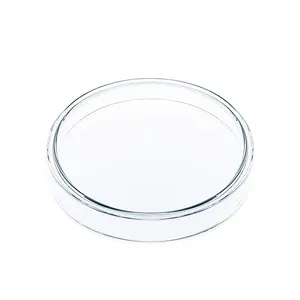Popular in your industry
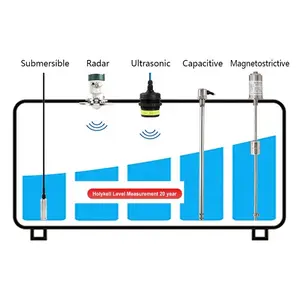





































































Related Searches:























































































































































About depth measurement sensor
Exploring Depth Measurement Sensors
Depth measurement sensors are pivotal instruments in various industries, designed to gauge the distance from a surface to a point below or within. These devices come in multiple forms, including ultrasonic depth measurement tools, which use sound waves to detect depth, and laser depth sensors, known for their precision and speed.
Types and Applications
From snow depth sensors that assist in meteorological studies to water depth pressure sensors crucial for marine applications, the versatility of these sensors is vast. Water depth measurement sensors are commonly used in environmental monitoring, construction, and navigation, ensuring safety and operational efficiency.
Features and Materials
The construction of depth measurement sensors varies, with materials chosen for durability and performance. For instance, sensors designed to measure water depth with pressure sensors are often made from robust materials that withstand prolonged submersion and corrosive environments.
Choosing the Right Sensor
Selecting the appropriate sensor involves considering the specific application and the environment in which it will be used. For tasks requiring high precision, such as fine construction or detailed topographical mapping, a laser depth sensor may be the ideal choice due to its high accuracy levels.
Accuracy and Usability
Accuracy is paramount when it comes to depth measurement. Devices should be selected based on their ability to deliver precise readings, with some sensors offering accuracy to within plus or minus 0.5mm/m. The ease of reading measurements is also a critical factor, influencing the efficiency of the task at hand.
Advantages of Advanced Sensors
Advanced sensors, like ultrasonic sensors for depth measurement, provide non-contact measurement capabilities, which are essential in situations where the sensor cannot physically touch the material or surface being measured, such as in hazardous or inaccessible environments.
Furthermore, the integration of water depth level sensors in systems helps in the continuous monitoring of water levels, which is crucial for flood warning systems, reservoir management, and maintaining waterways.
